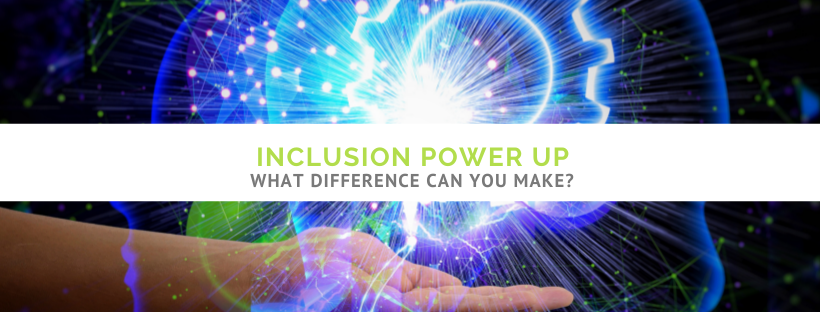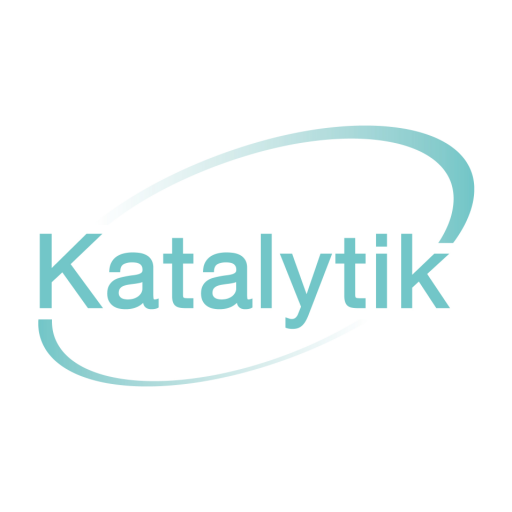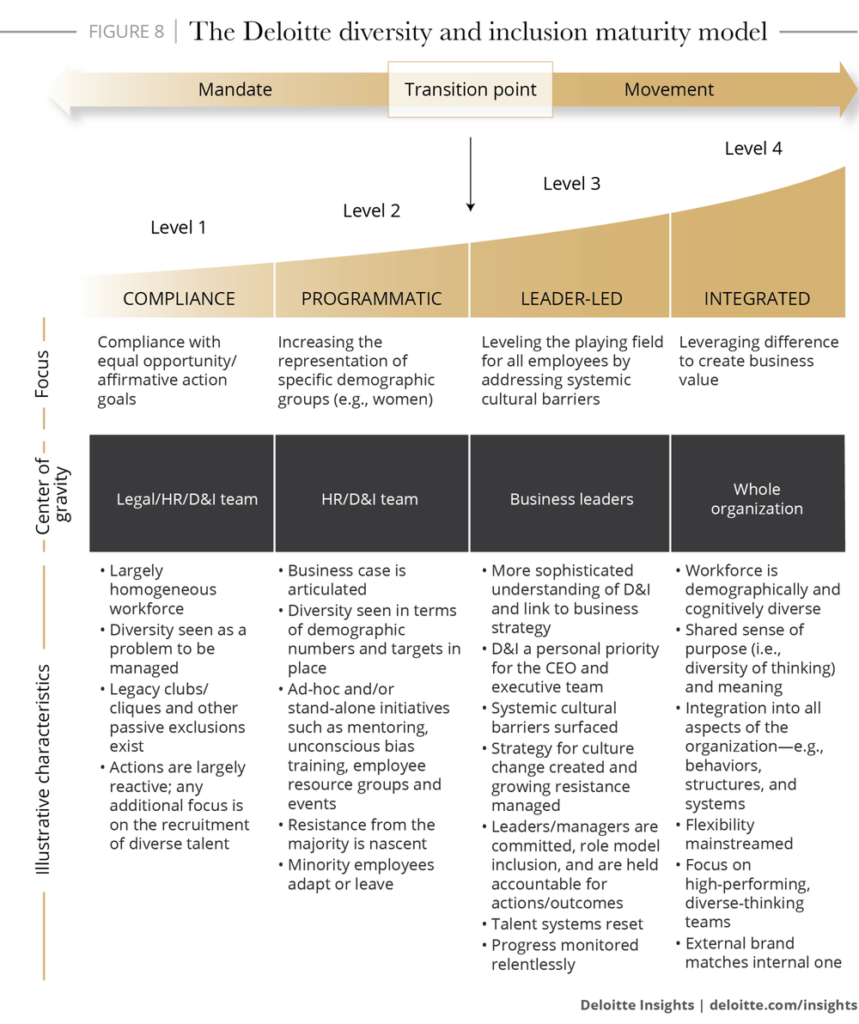
 And where did Inclusion Power-up come from?
And where did Inclusion Power-up come from?
Over lockdowns, I’ve been harnessing my ideation to build a collection of inclusion power-ups. Ways to help engineering teaching colleagues gain confidence in being more inclusive. . I find that every time I speak with someone or read something my brain makes connections. And why I’ve labelled myself an inclusion ideator.
My drive to continually improve, make things bigger and better is responsible for my need to tweak and adjust things, from a keynote presentation I have given 10 times to a slide deck for a workshop. I know I could be more efficient, that the last workshop got great feedback, but my desire to always make things fit better to my audience is unstoppable.
I have become increasingly frustrated over recent times when unconscious bias training is still bandied about as the answer. Yes, it’s a tool, but it was clear ten years ago that there were so many possible actions to build inclusive spaces and places.
And so it was, over the last 5 years, I started collecting together all the different things that could be done to build inclusive learning or working spaces, ideas to catalyse new conversations, to help shift thinking and thread or infuse inclusion into everything we do. At first, it was structured around the Designing inclusive engineering education report, and then the inclusion health check tool. But my inclusion ideation didn’t stop there. Now, there is a Katalytik methodology. The RISE approach to inclusion.
Small shifts in what you say and do can build inclusion
Why do we need to change the conversation on equity, diversity, and inclusion (EDI) in engineering? Simply because inclusion is so fundamental to engineering that it’s just too important to be left to chance. And I mean this both in terms of how we interact with each other, as a teacher/tutor or teammate, as much as adding an extra box into the critical thinking and design process frameworks we use in engineering. Both to challenge our thinking and personal frame of reference on the world, but also to challenge our thinking about users, those impacted by extraction of materials, manufacturing, and end of life of products.
And there we have it. I started writing my book of 100 things you can do to be inclusive. While describing the contents to someone I suddenly had the image of Princess Peach from the Nintendo Super Mario games. Driving over a star or mushroom and getting a power boost.
Power-ups are unique items that give special abilities to characters that use them.
Consider the maturity of your organisation with diversity and inclusion
If you sit back and consider where your department or faculty sits in its EDI development, are you:
- Doing it because the Office for students/EHRC says you should? Compliance.
- Juggling people and money to run projects – it’s great for publicity and profile? Programmatic
- Have forward-thinking and inclusive leaders who walk the talk? Leader-led
- Leverage difference and empower the whole workforce to make a difference? Integrated
If these levels of maturity strike a bell, find out more in the Deloitte maturity model by clicking this link
Here at Katalytik, we advocate that to reach level 4, we need to help individuals know why EDI matters to them, and then find the discrete things they can do.
Internalising inclusion
We each need to internalise inclusion – what does it mean to us and what agency do we have to do something.?
At the heart of the Katalytik Method, our RISE approach, is internalizing inclusion: understanding what you can do, in your own way, to connect with, to overcome casual bias, and start doing things differently, one thing at a time. That there are many different ways and tools you can use to help shape the culture that you are in and for academics and tutors, to introduce into their planning, materials, and interactions with students (and colleagues, teammates, managers etc).
An inclusion power-up might be to:
- allow students more time to respond to a question or problem. Not everyone is supersonic!
- give insights to practice ways to have conversations informed by identity
- help you practice different ways of asking questions that might otherwise come across as confrontational or judgmental.
I was looking for ways to help engineers grapple with inclusion. How could I support their learning and give them strategies for conversations, and help stimulate new conversations that were simply relevant and inclusive? The product of this is the Engineering Inclusion Forum and my forthcoming book.
My passion is catalysing an ecosystem in engineering. A place where we appreciate, value, and allow each person to be their best. So collectively we can design and build solutions to fix our ever more challenging global problems in the best way. Of course, with the best people.
And to get this right, we need to start with our budding professional engineers whether at college or university. The problem is, that none of those teaching have had inclusion added to their own learning pathways. Unless that is, they are aware and switched on to ensuring that every student matters.
So what inclusion power-ups could you do? where do you go for inspiration?

